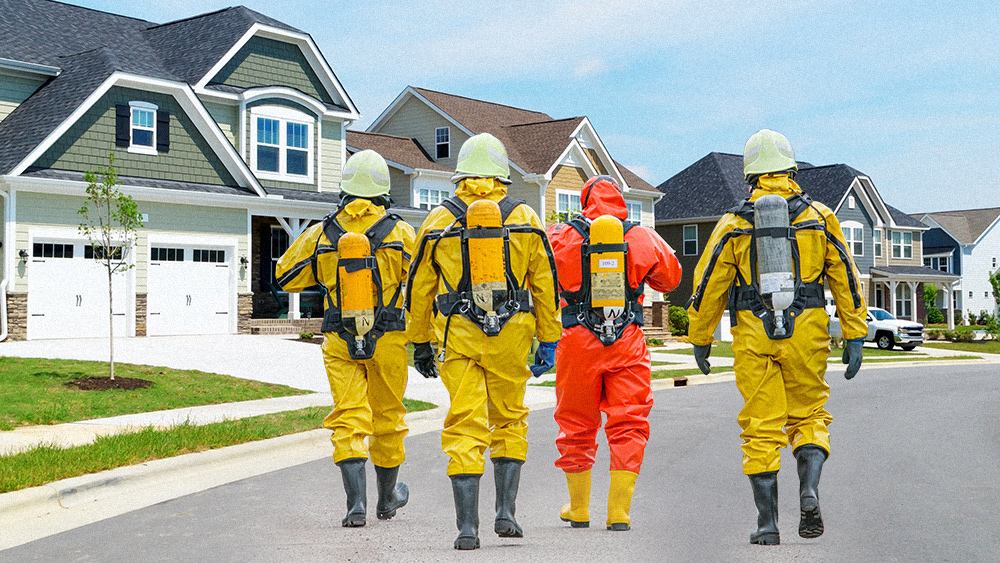
Researchers from the United States Centers for Disease Control and Prevention (CDC), the University of California, Los Angeles, and Princeton University collaborated to determine how long the Wuhan coronavirus (COVID-19) can last both in air and on surfaces, and the results may shock you.
As it turns out, the Wuhan coronavirus (COVID-19) can persist in the air for up to three hours, and for up to three days on surfaces. This means that if you're in the same room with an infected person, it's probably best to leave. And if they've touched anything you're about to touch, don't.
Using a nebulizer to put traces of the novel virus in the air, the team simulated what happens when an infected person coughs or otherwise sends the pathogen flying. In the open air, it remained infectable for up to three hours, and on surfaces for up to three days depending on the type of surface.
On copper, which is inherently antimicrobial, the Wuhan coronavirus (COVID-19) persisted for up to four hours. On cardboard, it survived for up to a day. And on plastic and stainless steel, the novel virus lasted for two or three days depending on temperature and moisture.
"We're not by any way saying there is aerosolized transmission of the virus," stated study lead author Neeltje van Doremalen from the National Institute of Allergy and Infectious Diseases (NIAID), adding the caveat that such transmission is "theoretically possible."
Listen below as Mike Adams, the Health Ranger, explains how the release of the Wuhan coronavirus (COVID-19) fulfills many of the key agendas that the globalists are imposing against humanity:
SARS had similar survivability, but didn't spread as widely as COVID-19 – what's different about this one?
An important thing to note is that, compared to similar tests that this group conducted on the 2003 SARS (severe acute respiratory syndrome) coronavirus, both viruses behaved similarly in air and on surfaces. The difference is that the Wuhan coronavirus (COVID-19) is spreading much more widely and much more seriously, which begs the question why?
The biggest difference that we know of is that the Wuhan coronavirus (COVID-19) is transmissible for a very long time while not showing symptoms. As the researchers explain it, those infected with the Wuhan coronavirus (COVID-19) "shed and transmit the virus while pre-symptomatic or asymptomatic."
Other factors that the team say are "likely to play a role include the infectious dose required to establish an infection, the stability of virus in mucus, and environmental factors such as temperature and relative humidity."
Though the study admittedly has yet to be peer-reviewed, its findings already correlate with others that have also demonstrated solid evidence that the Wuhan coronavirus (COVID-19) is fully capable of this type of "community spread."
"What we need to be doing is washing our hands, being aware that people who are infected may be contaminating surfaces," says Julie Fischer, a professor of microbiology at Georgetown University who described this latest study as a "solid piece of work" that answers many of the public's questions about how to engage in proper preventative hygiene.
Van Doremalen also suggests keeping surfaces clean with disinfectant solutions like diluted bleach that are known to ward off viruses.
"We have called every day for countries to take urgent and aggressive action," stated World Health Organization (WHO) head Tedros Adhanaom Ghebreyesus as part of his agency's recent declaration of a global pandemic. "We have rung the alarm bell loud and clear."
For more related news about the Wuhan coronavirus (COVID-19), be sure to check out Pandemic.news.
Sources for this article include:
Please contact us for more information.























